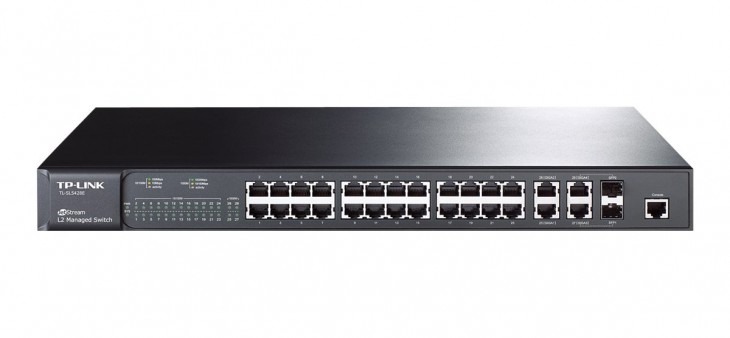
Confused by managed switches? This article cuts through the jargon, explaining what they are, their advantages, and why they’re crucial for complex networks.
Key Takeaways:
- Managed switches are powerful network devices offering advanced features like traffic control, security, and QoS.
- They’re ideal for large or demanding networks requiring flexibility and robust performance.
- Compared to unmanaged switches, they provide greater control, scalability, and reliability.
Q: What are managed switches and what benefits do they offer?
A: Managed switches are network control hubs enabling granular traffic management, robust security, and enhanced QoS. They’re ideal for complex networks demanding scalability and reliability.
Scalable, enterprise-level managed switches provide advanced features for the larger network. Switches are often organised into categories, such as unmanaged, fully managed, or smart managed, depending upon the capabilities they provide. Fully managed switches are also called enterprise switches. They are integral to medium or larger enterprise networks.
An enterprise-level switch often comes with more advanced features than a smart switch, including command-line interface (CLI) management. It may also offer telnet or a Web interface. Enterprise switches allow the following areas to be monitored or controlled:
- Traffic management (LANs and VLAN set-up and routing);
- Quality of Service (including VoIP prioritisation);
- Port trunking and mirroring;
- Security.
Larger companies with demanding networks often benefit from enterprise switches, since the devices save administrative time.
Fully Managed Switching Technology
Advanced functionality is supported by a fully managed switching technology. This class of switches allows for the management of a complete range of network controls. The fully managed Ethernet switch has the capability of monitoring and reporting on network activities, so troubleshooting can be performed without downtime. Managed switching technology also supports security functions. Fully managed switches provide flexibility with a complete set of options, but may require a higher level of administrator knowledge. Comms Express stocks a variety of products with fully managed switching technology from industry leading switch brands including Netgear, TP-Link, D-Link and many more.
Take Control of Your Network with Switch Management
Users can take control of a network with the right switches for major infrastructures. Unlike most smart switches, fully managed switches allow for Simple Network Management Protocol (SNMP) monitoring. SNMP facilitates data exchanges between devices. Both the intelligent and fully managed network switches support redundancy, though the latter can be a better choice if installing a network that is positioned for future growth.
Contact Comms Express with your managed switch needs today.

